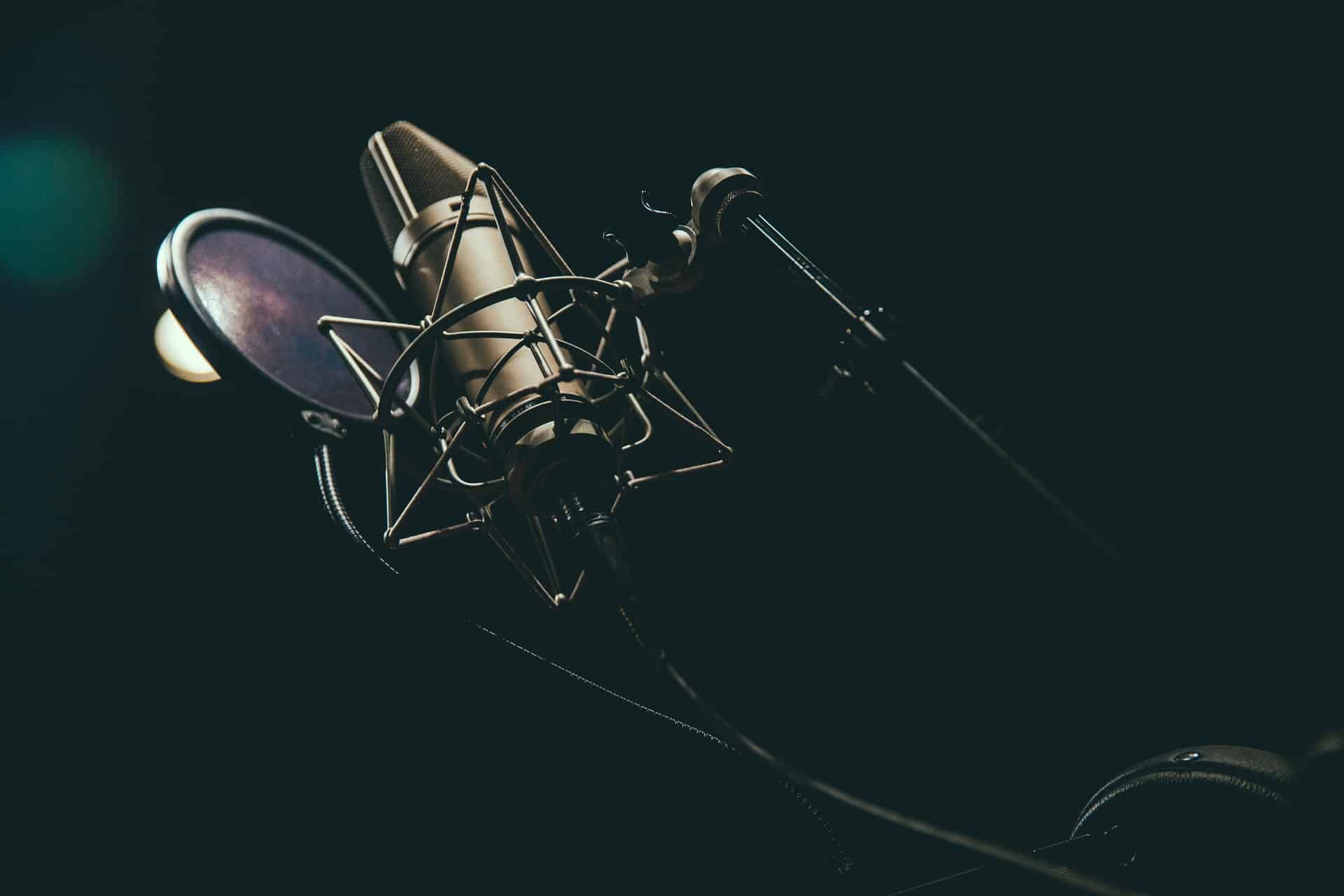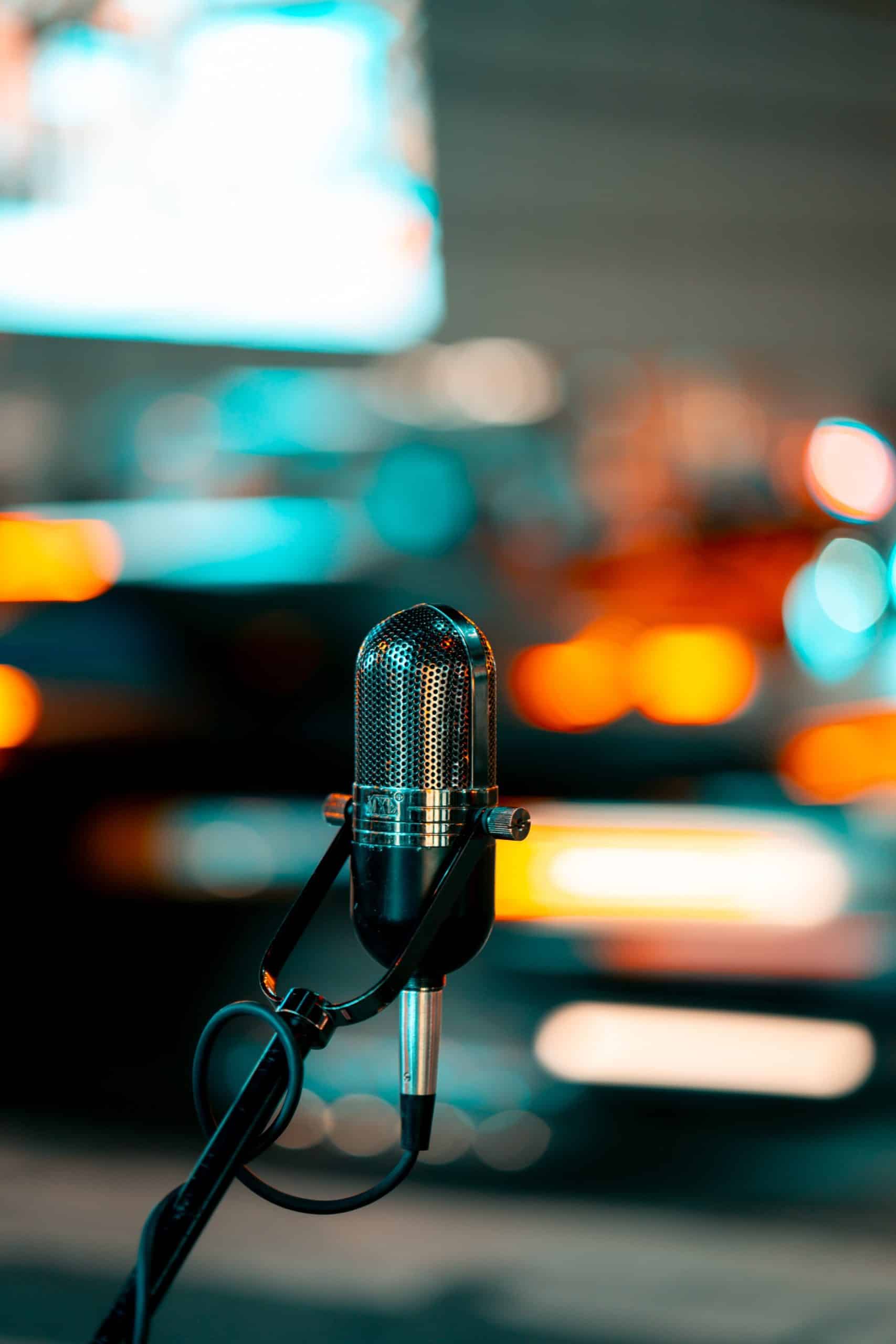If you are using a microphone whether on stage or studio, one thing that has always been a worry is technical difficulties. As the microphone is one of the main causes of these problems, this can result in bad audio or bad performance quality. Moreover, you might be asking yourself, what can I do in order to reduce background noise and issues with the microphone? Although not every microphone is identical to each other, not every audio studio and not every performer is the same, there are still common denominators for this problem.
If the sound quality you are getting from your microphone is not satisfying, there will be always few easy adjustments that you can make to ensure that you are getting the highest quality of sound every time you make the microphone. Together with the experts, and from an extensive review stated in https://churchsoundtips.com/how-get-rid-microphone-background-noise/, we made this list of tips on how to get rid, or at the very minimum, reduce the unwanted noise on your live performances or recorded sessions. This will help you immensely so continue reading.
IMAGE: UNSPLASH
1. Check Microphone Sensitivity And Gain Setup
When choosing the right microphone, the sensitivity level should be the most important thing to consider. It is commonly measured with 1 pascal (Pa) pressure or 1 kHz sine wave at a 94 dB sound pressure level (SPL). However, microphone sensitivity may vary from one another, and quality doesn’t correlate with the sensitivity of it. Even when you try to expose them to the same source of the sound, different models will produce different output levels.
Measuring the microphone’s noise level, its clipping point, distortion factor, and sens will define whether or not a microphone may be a good fit for a specific use. Using a microphone with high sens may require less preamp gain, moreover, it can also have less headroom before clipping compared to a mic with lower sens.
In terms of gain set up, each gain stage will usually have some noise into the signal. It is up to the experts to ensure that every gain level will be good enough to keep its input noise from destroying the audio signal. To keep noise out of it, a proper gain set up is a must.
2. Use Pop Filter For Microphone Noise Reduction
By using a pop filter you can avoid obstruent and sibilance sound from your recording. Although it is not for outdoor use, you can use this in a studio or at home. A pop filter is an object placed between the user and the microphone. It comes in a round disk model that will be mounted on the mic stand and is flexible thus making it move around where it is needed. This will eliminate or reduce any unwanted sound, additionally, it can also be good to keep off moisture in the mic.
3. Get Shock Mounts
Microphones are commonly very sensitive, even the modern ones. You have to protect it from shocks and vibrations for you to get a high sound quality output. If you use shock mounts, it can effectively reduce any handling noise. Assemble it to the mic stand to help reduce background noise caused by tremors and vibrations from the mic it.
These are just a few of the many tips on how to get better sound from your microphone. You can read a lot more extensive things regarding unwanted noise from this particular device. If you put enough care, attention, and get extensive knowledge, you can produce audio that is of high quality with any microphone.
If you are interested in even more technology-related articles and information from us here at Bit Rebels, then we have a lot to choose from.


COMMENTS